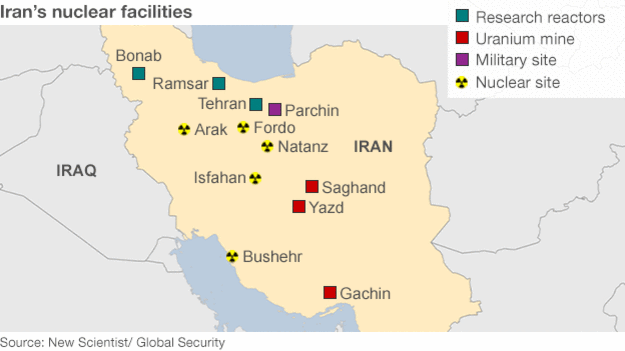ASSORTED INTERESTING EVENTS

Event: Gorkana Connect with re/code
When: April 1, 2015, 6:00p.m.
Where: Helen Mills Event Space at 137-139 West 26th Street, New York, NY

Event: Gorkana Connect with re/code
When: April 1, 2015, 6:00p.m.
Where: Helen Mills Event Space at 137-139 West 26th Street, New York, NY
Should we accept a world wide economy where only a few do well? Or for anyone making an effort?
Wealth is not equally distributed anywhere on earth, and according to US Census Bureau’s American Community Survey, 24/7 Wall St. Here are the richest and the poorest counties in New York State.
NY State Governor Andrew Cuomo has directed all agencies, departments, boards and commissions to immediately review all requests for state funded or state sponsored travel to the State of Indiana and to bar any such publicly funded travel that is not essential to the enforcement of state law or public health and safety.
The Indiana state law takes effect on July 1 and prohibits state laws that substantially burden a person’s ability to follow his or her religious beliefs. Meanwhile, Arkansas' religious freedom proposals are facing criticism, with some calling them discriminatory against gays and lesbians.
Mike Pence RFRA Press Conference Live Stream: Watch Indiana Governor's Plans To 'Clarify' Religious Freedom Law http://www.ibtimes.com/mike-pence-rfra-press-conference-live-stream-wat…

Although June 30 is the final deadline in nuclear talks with Iran, today is a self imposed date. Officials participating claim that a preliminary agreement on Iran's nuclear program are "very good" on the final day of negotiations.
BBC News - Iran nuclear talks: 'Good chance' of deal as deadline looms http://www.bbc.com/news/world-middle-east-32125862
Iran, powers push for nuclear deal as clock ticks toward deadline http://reut.rs/1xQGuKG via @Reuters
Is Iran Conquering the Middle East? | The Nation http://www.thenation.com/blog/202905/iran-conquering-middle-east via @thenation

Holy Week completes the final days of Lent. The 40 day penitential season is observed in preparation for Easter Sunday, which commemorates the Resurrection of Jesus Christ.
Tuesday, March 31st
Chrism Mass
Cardinal Dolan will celebrate the Chrism Mass at St. Patrick’s Cathedral (5th Avenue and 51st Street) at 4:00 pm. During the Chrism Mass the archbishop is joined by priests of the archdiocese and blesses the holy oils which are used in the administration of the sacraments throughout the archdiocese for the year.
Thursday, April 2: Holy Thursday
Food Pantry Visit

News coverage continues on the possible effects of a controversial new piece of legislation from the Hoosier State, which was signed into law by the Governor of Indiana, Mike Pence .

A proverb says, “What soap is to the body, laughter is to the soul.” We've known that laughter makes us feel good and puts everyone in high spirits, but did you also know that laughter actually causes physiological responses that protect the body from disease and help your vital organs repair themselves?
A good laugh exercises the muscles, gets the blood flowing, decreases blood pressure and stresses hormones, improves sleep patterns and boosts the immune system.
World Meteorological Organization (WMO)
https://www.wmo.int/pages/index_en.html
United Nations (UN)
http://www.un.org/
United Nations Framework Convention on Climate Change (UNFCCC)
http://newsroom.unfccc.int/
United Nations and Climate Change
http://www.un.org/climatechange/
Convention on Biological Diversity (CBD)
http://www.cbd.int/
Global Environment Facility (GEF)
http://www.thegef.org/gef/
Linkages by International Institute for Sustainable Development (IISD)
http://www.iisd.ca/
IPCC Data Distribution Centre
http://www.ipcc-data.org/

Negotiations concerning Iran's nuclear program have now entered crunch time, while differences are still remaining a couple of days days before a self imposed deadline to reach a framework deal that will be the basis for a final UN Security Council accord to be reached by the end of June.
The West and Iran have been meeting in Switzerland to reach a political understanding on terms that would curb Iran's nuclear activities and thereby relieve sanctions. Iran is reportedly pushing back on how long it must limit technology to make atomic arms.